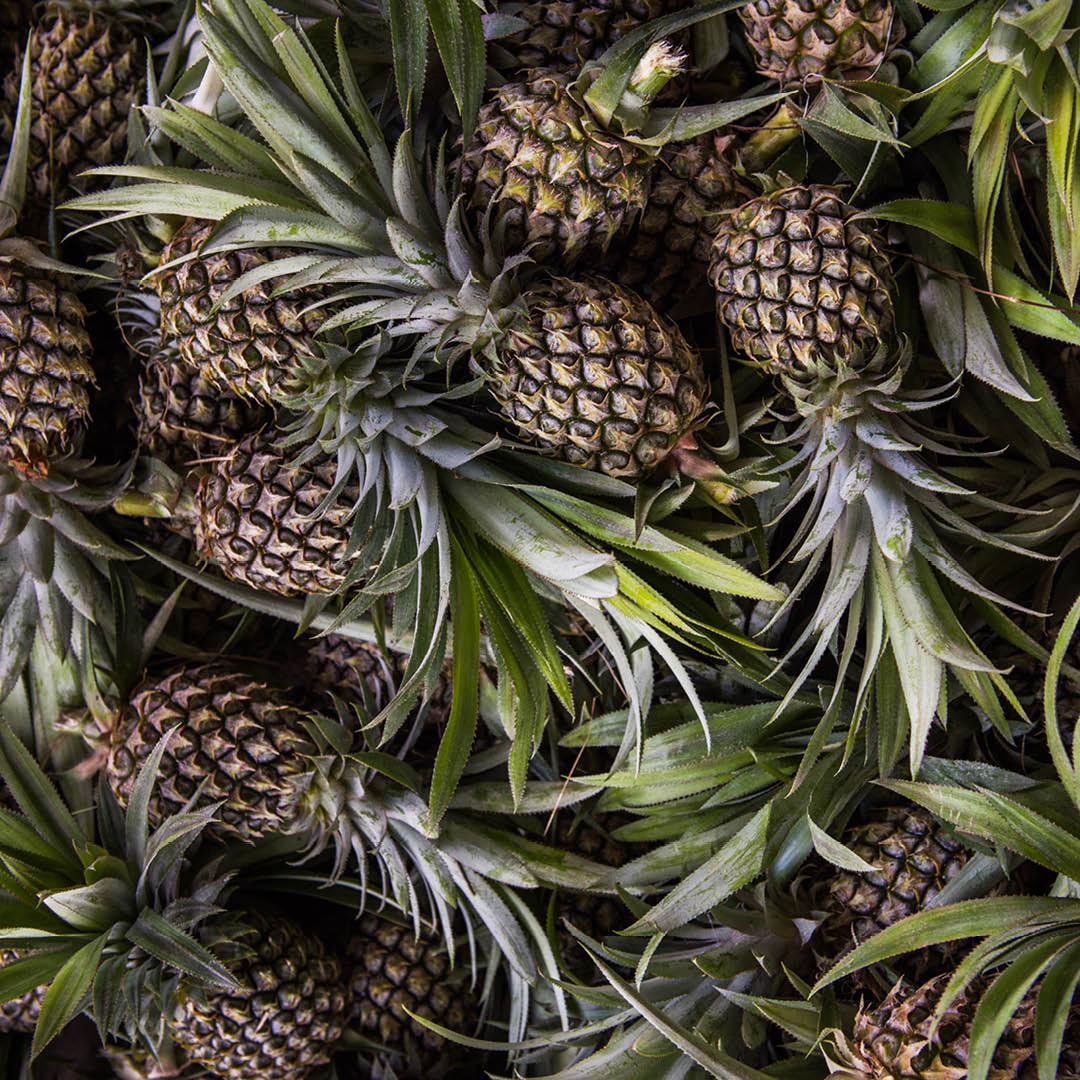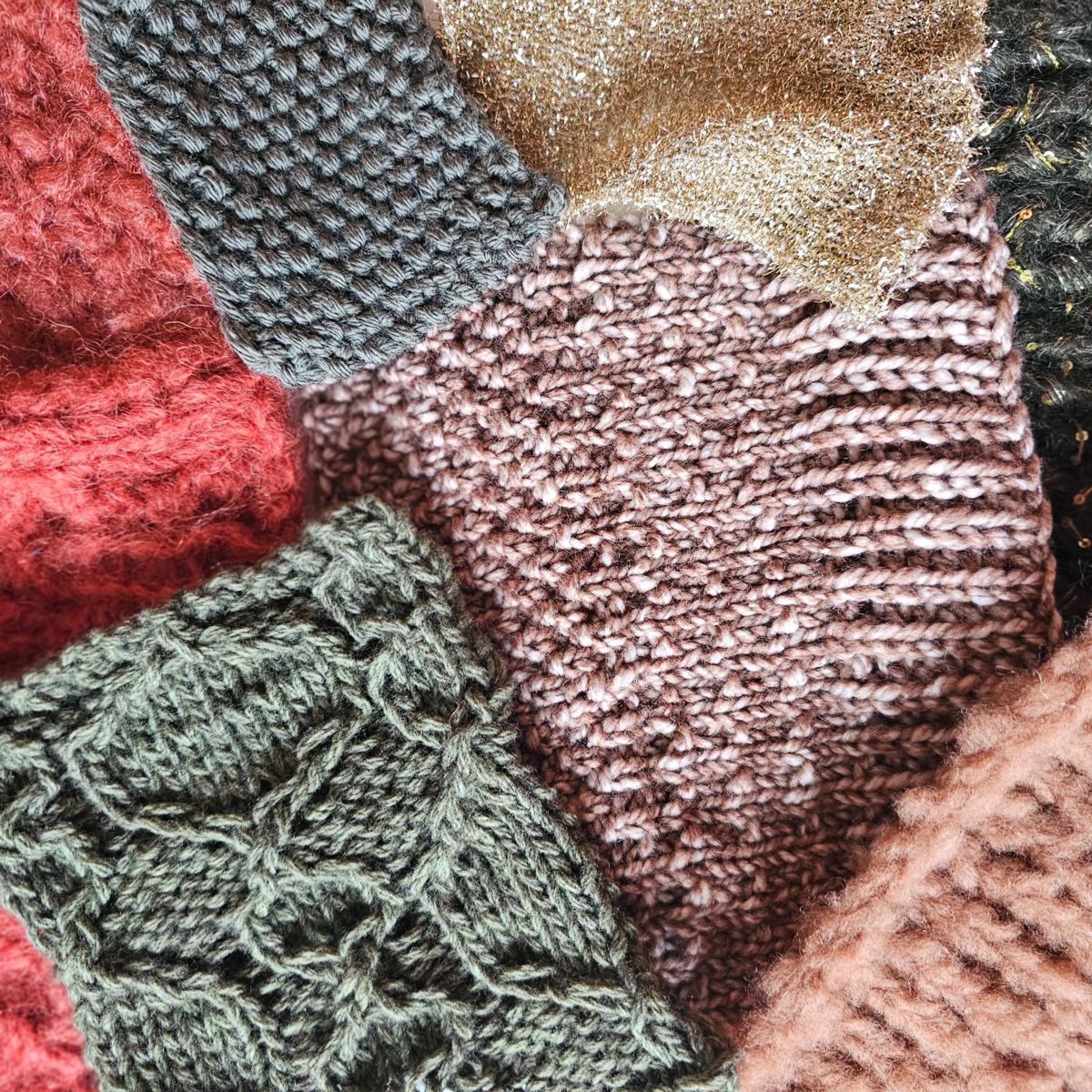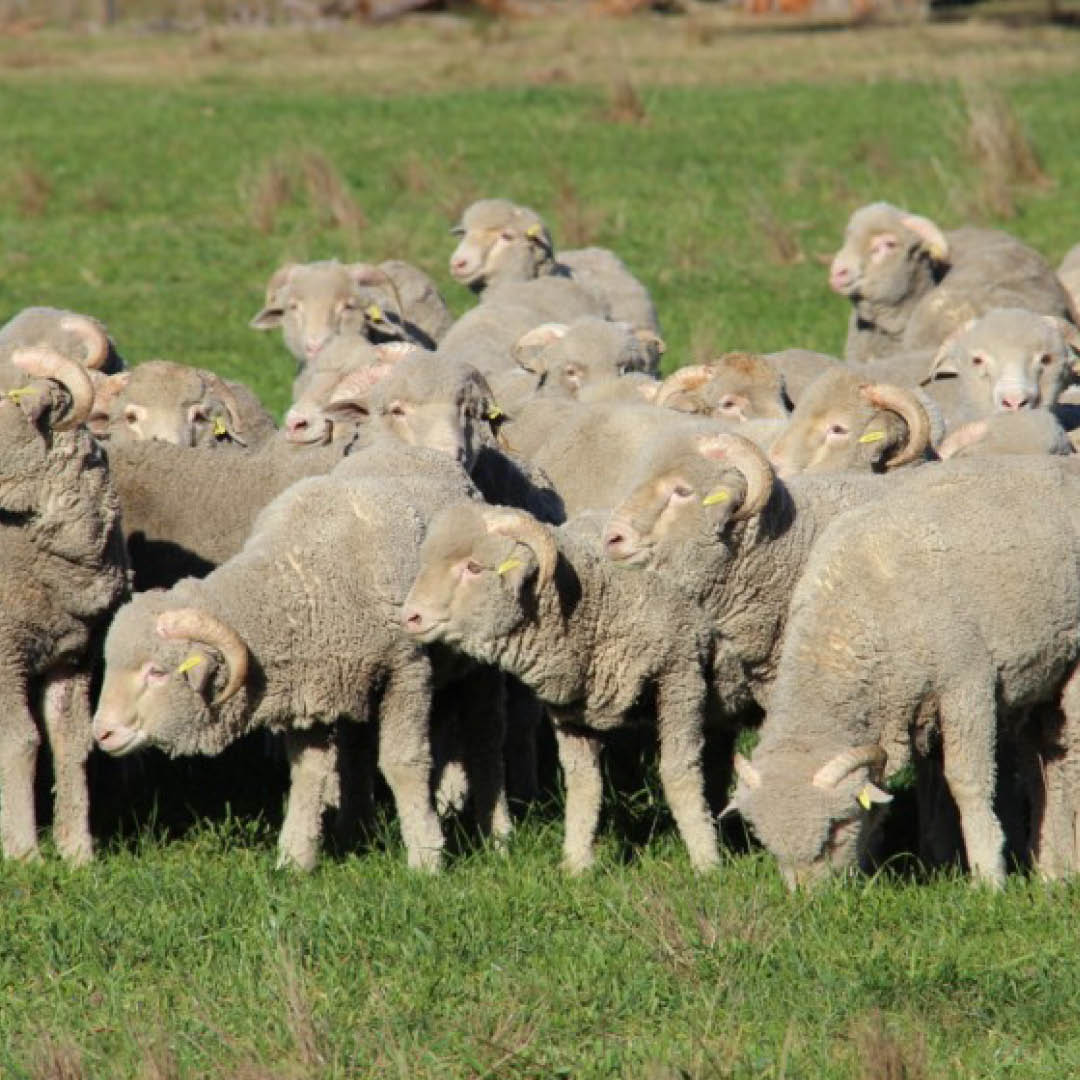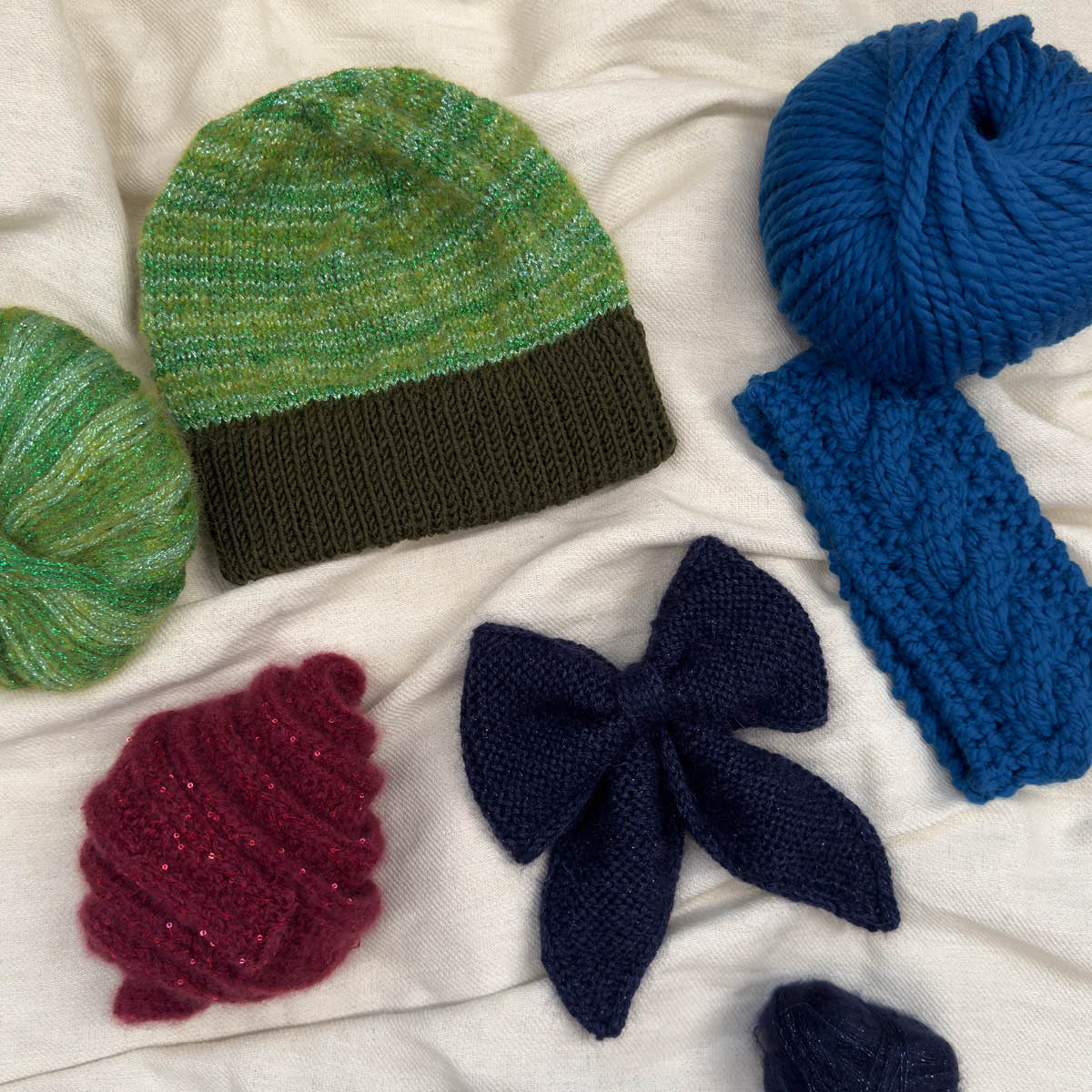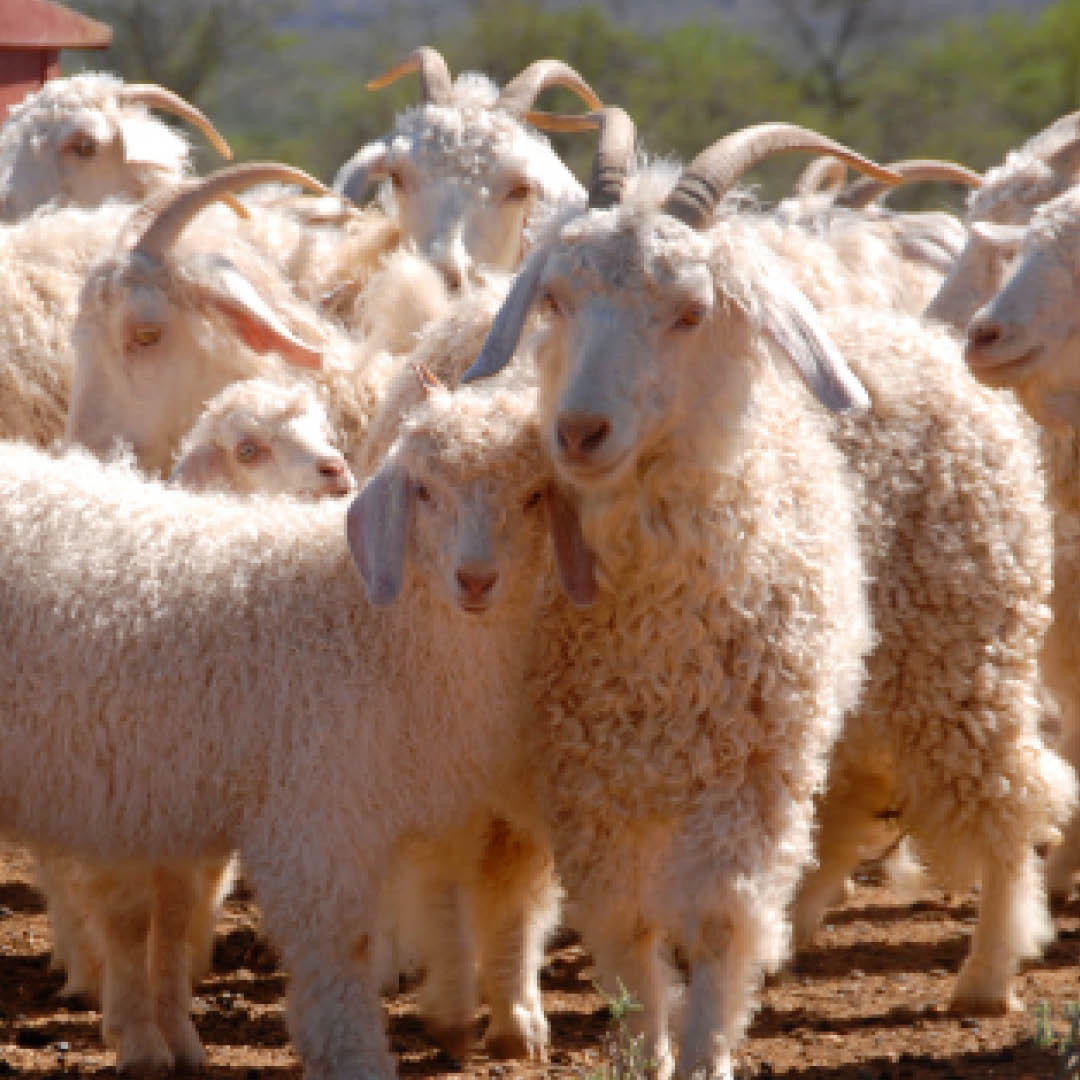Mohair wool comes from long-haired Angora goats, which are also known as mohair goats. Today these goats are mainly raised in South Africa, Lesotho, Turkey, Argentina, Australia, Texas and Madagascar. However, they originally came from Mesopotamia, between the Tigris and Euphrates rivers, and the area around Ankara in modern day Turkey. The most distinctive feature of these herds of goats is their long, curly coat hanging down, which is appropriate for to the climatic conditions of the dry steppe, deserts and mountainous regions.
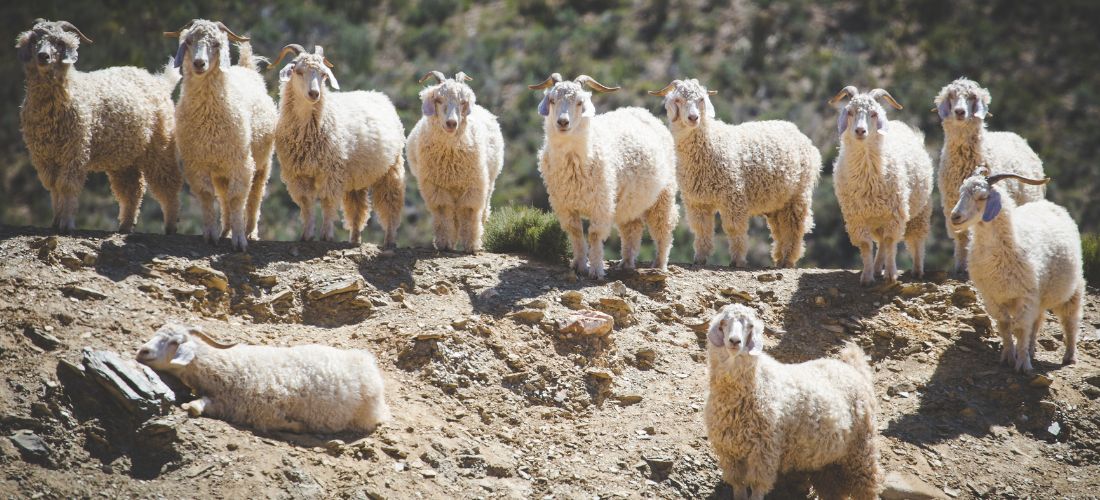
Mohair Superkid up to 27 microns fiber diameter
Mohair Kid from 27 to 30 micron fiber diameter
Mohair Young from 30 to 34 micron fiber diameter
Mohair Adult from 34 micron fiber diameter
After shearing, the fibres are washed and lanolin is removed. They are processed into tops, then at the spinning mills they are developed further into spun yarns or fancy or bouclé yarns.
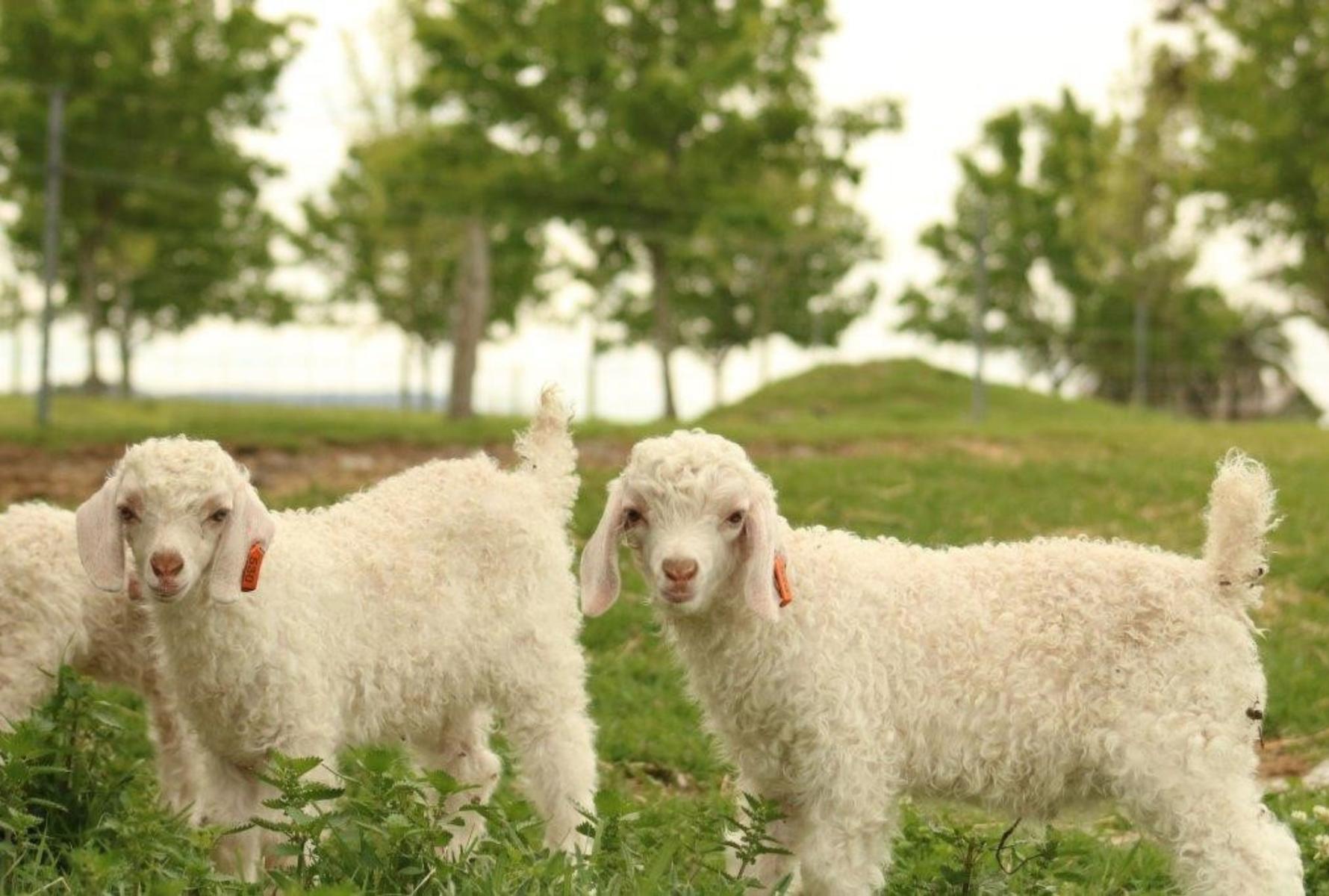
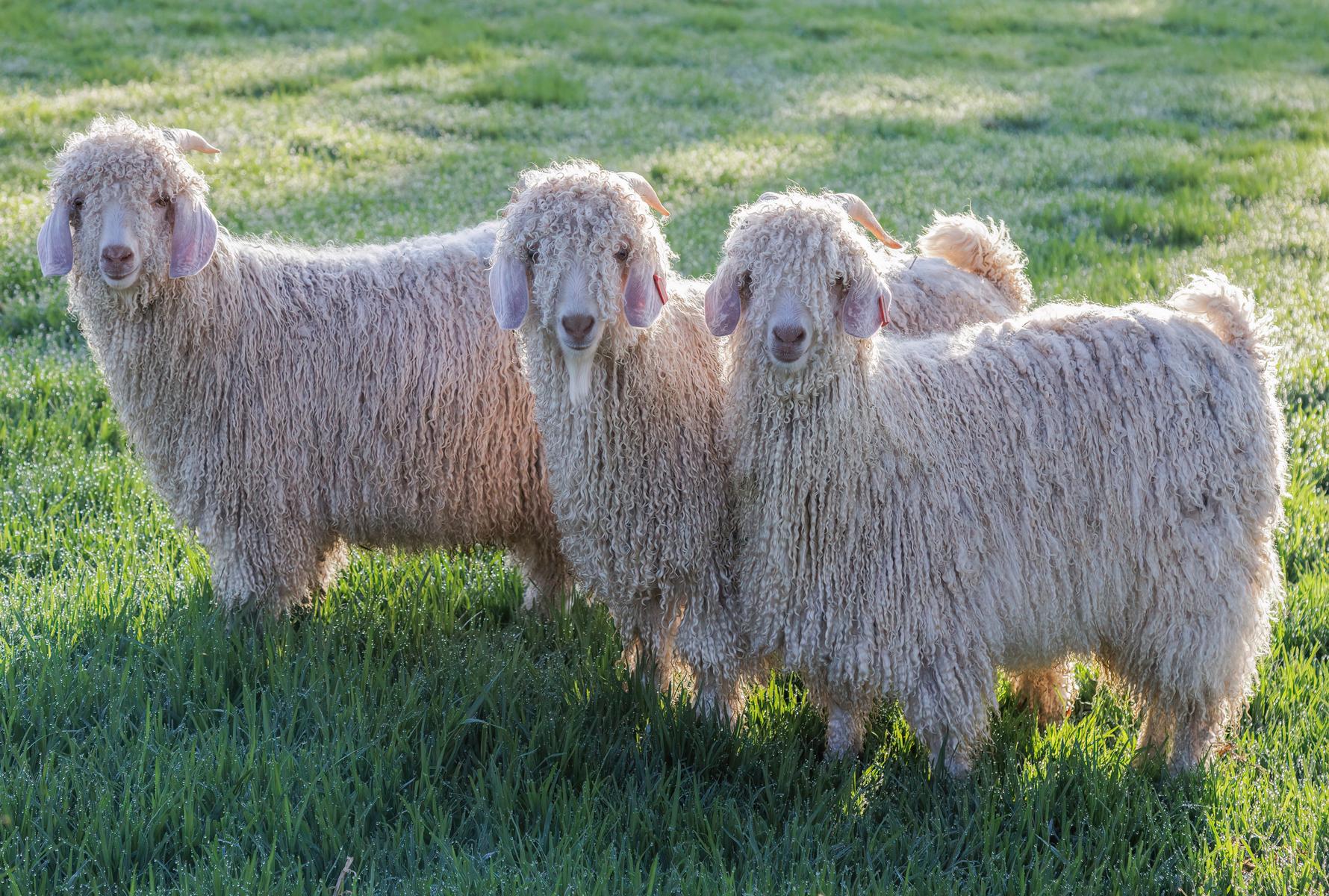
Characteristics of Mohair
As the lightest of natural animal fibres, mohair is very delicate. So the first step of production involves spinning it together with more robust fibres, such as silk, merino or nylon. Very thin yarns are created in this way, allowing long mohair fibres to stand out from the yarn to give a fluffy effect.
Processed into thin yarns, the mohair fiber is very durable. This is due to the high flexibility of the fiber, which can adapt to any twists and turns without losing its shape.
Like all wool fibers, mohair is breathable and can absorb and release moisture.
Mohair is non-flammable and keeps us safe and warm.
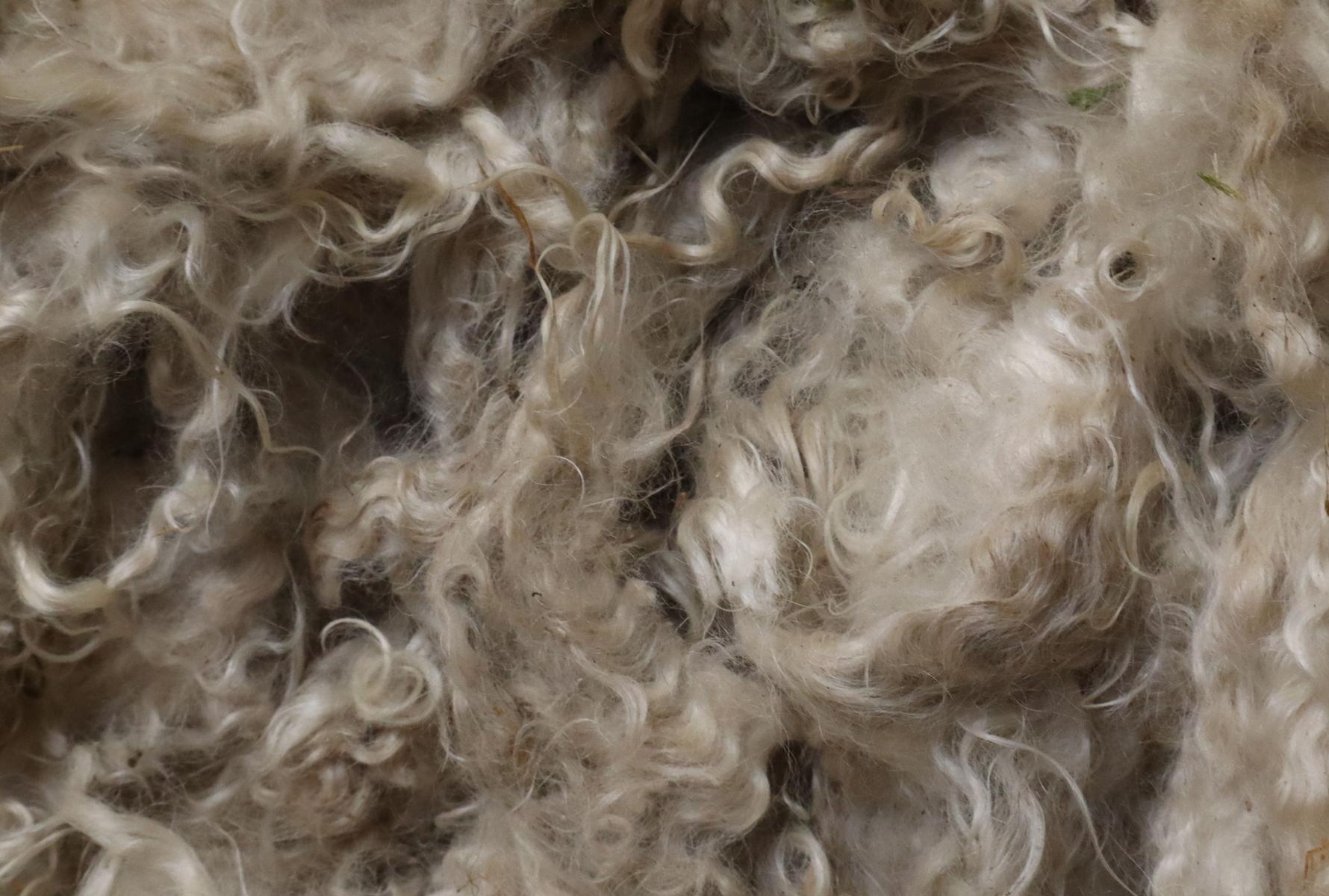
Sources
Hessnatur 2022, Mohair, https://www.hessnatur.com/magazin/textillexikon/mohair/ (ref. 11.7.2022).
Material Archiv 2022, Mohairwolle, https://materialarchiv.ch/de/ma:material_460/?q=Mohair (ref. 11.7.2022).
Fabric House 2023, Angora, https://www.fabric-house.eu/int/animal-fibres (ref. 15.9.2023)
Spycher-Handwerk, https://www.spycher-handwerk.ch/de/besuchen/tiere/ziegen (ref. 13.9.2023).
Textile Exchange 2022, Virgin Animal Fibers: Mohair, https://textileexchange.org/app/uploads/2022/10/Textile-Exchange_PFMR_2022.pdf (ref. 2.10.2023).
Mohair SA 2023, https://www.mohair.co.za/news/#block-yui_3_17_2_1_1675782939269_3077 (ref. 2.10.2023).
Mohair Journal 2022, https://issuu.com/mohairsouthafrica/docs/mohair_journal_2022_85fde976cc2e31/90, S.89-94, (ref. 2.10.2023).

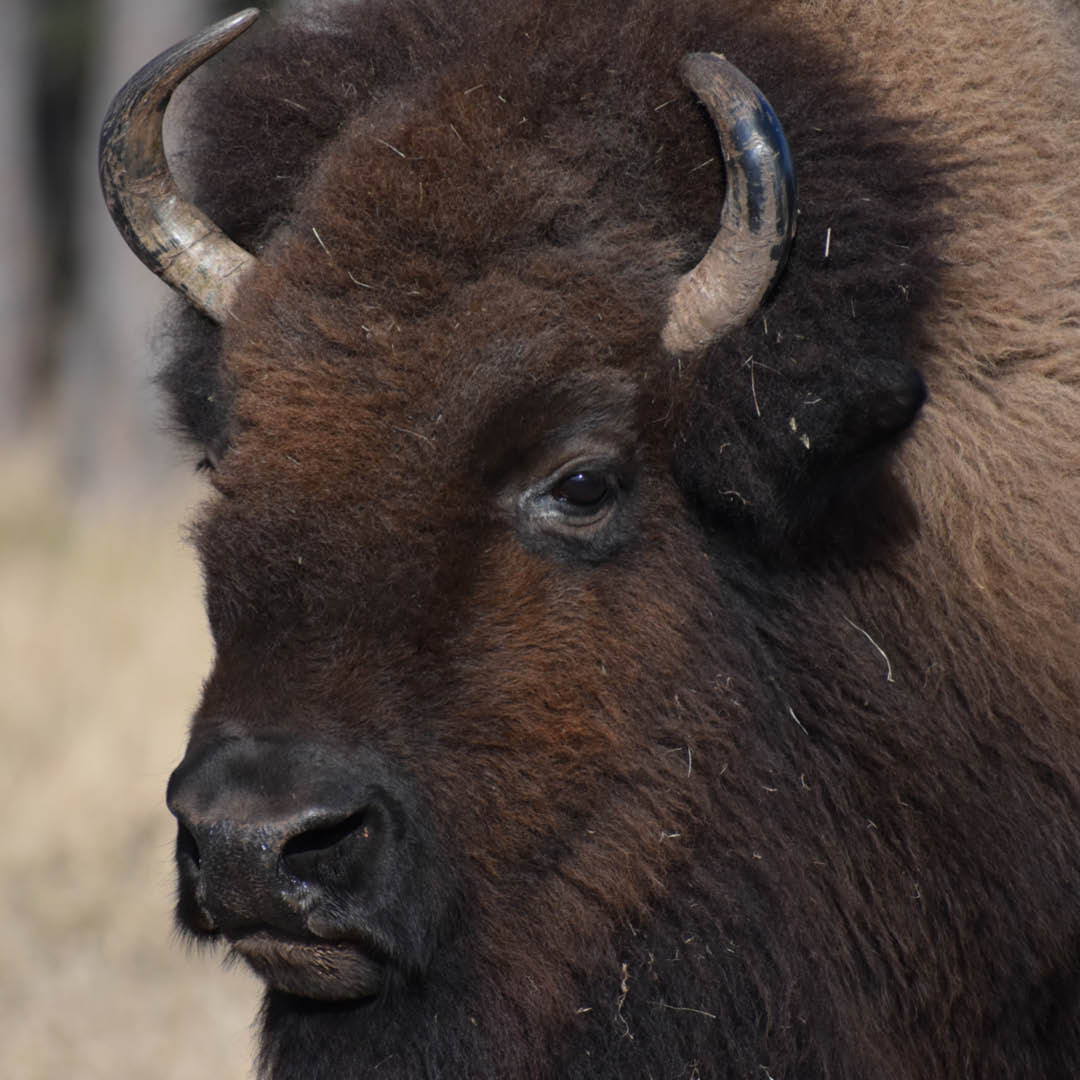
.jpg)
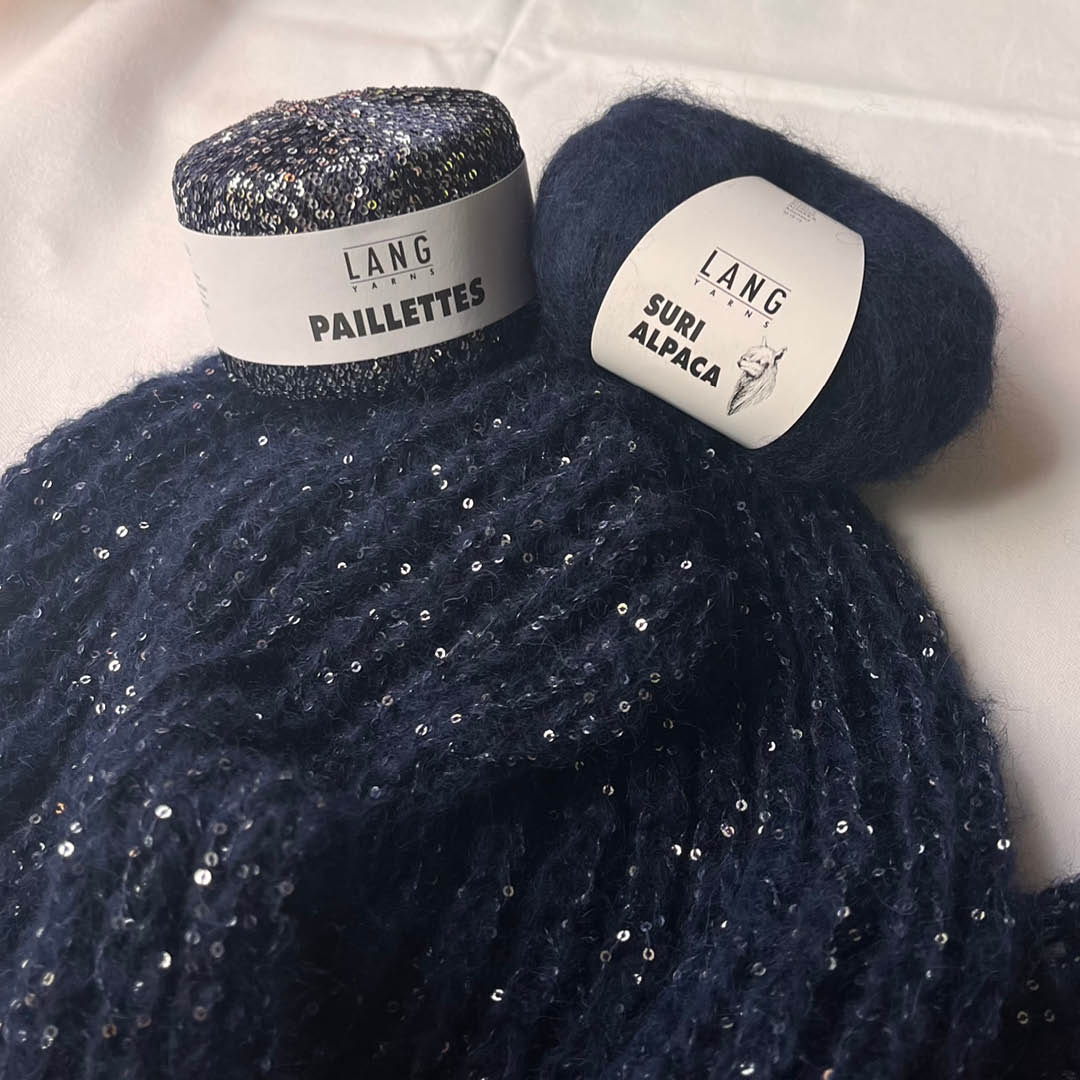
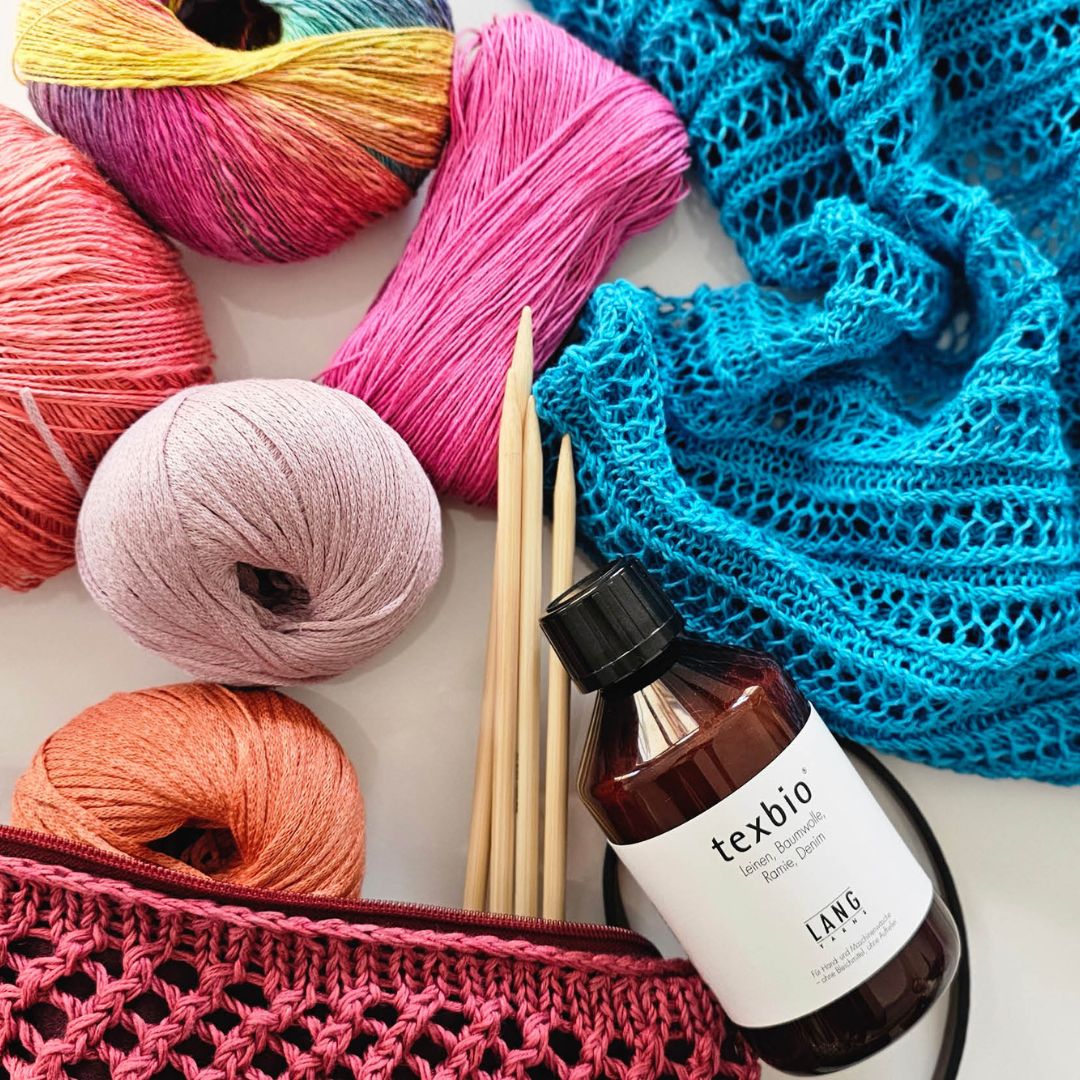
.png)
